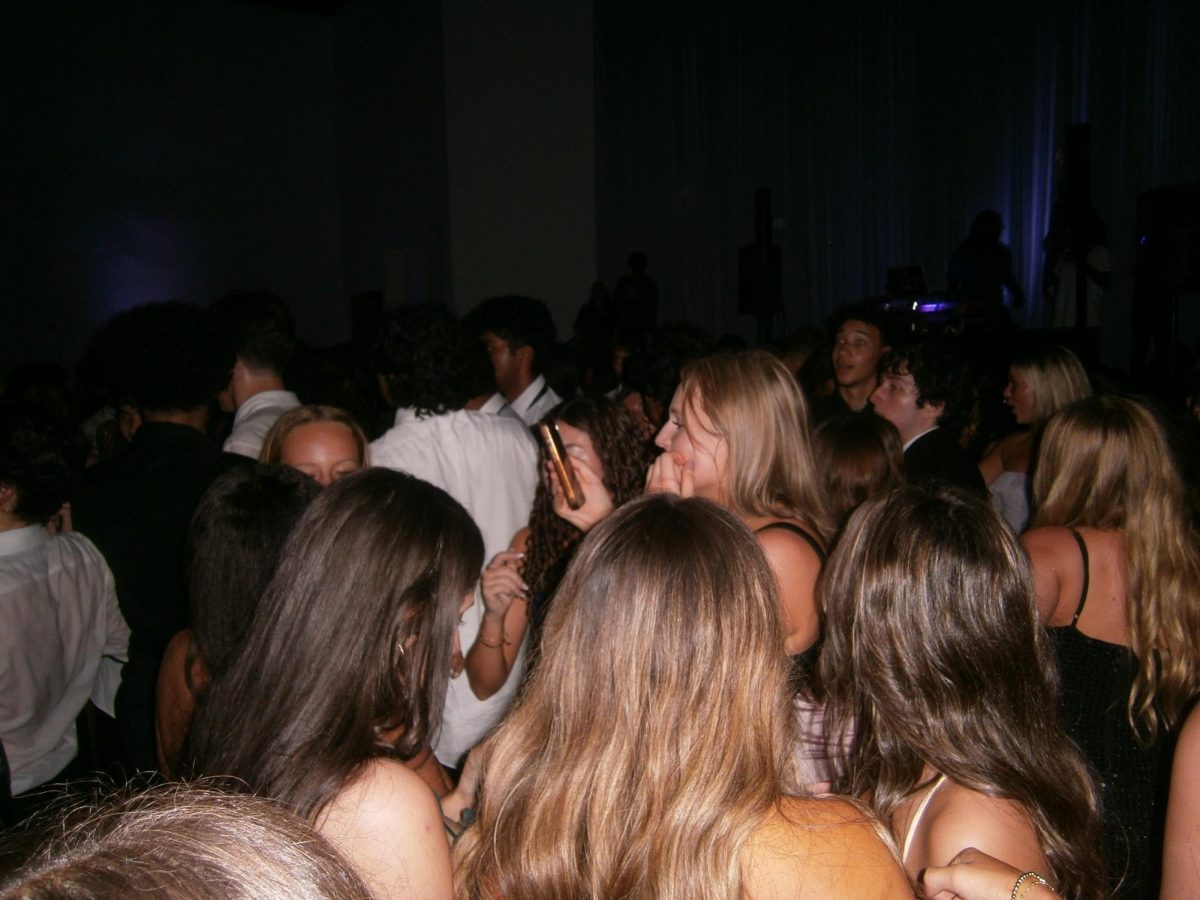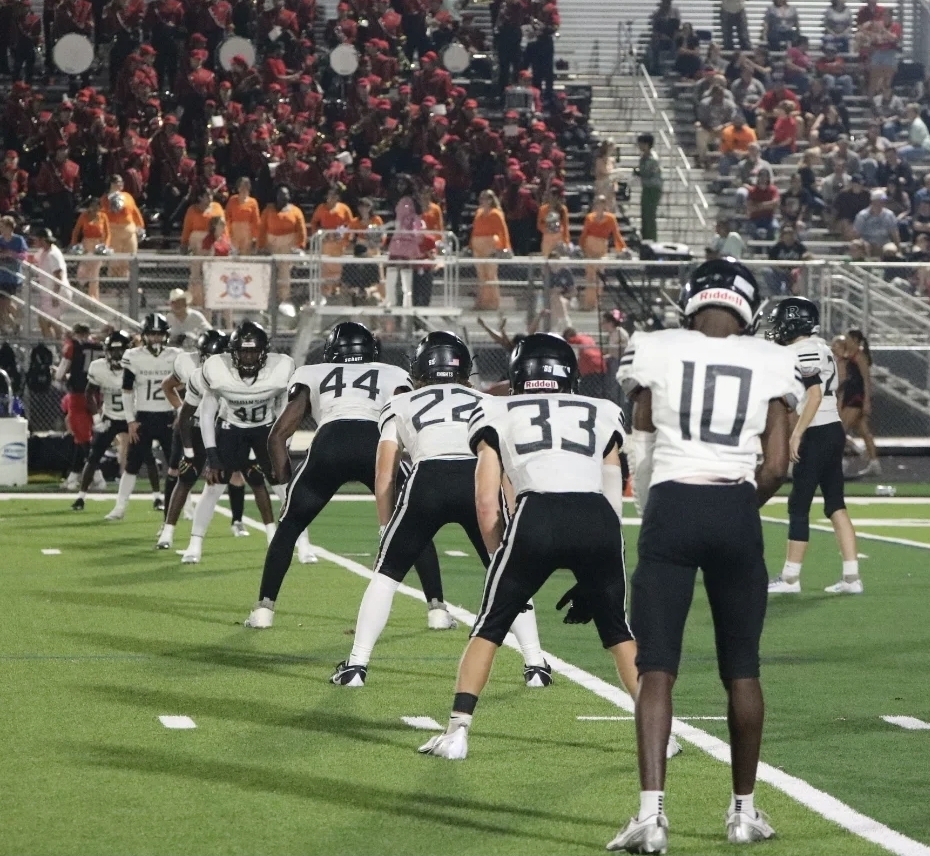Teachers adapt to virtual
Virtual vs. Brick and Mortar have presented teachers with a new set of challenges
Photo Sarai Cochran, Ethan Adair
Teachers have been adapting to new classroom procedures in the 2020-2021 school year.
October 1, 2020
School has changed dramatically ever since COVID-19 put the world on pause. In order for teachers and students to stay safe, everybody must keep a six foot distance, wear masks and keep their hands clean. Teachers have more responsibility than ever before, including an ongoing cycle of making sure students stay safe and worrying about students in class and virtual.
School has started back and things like homework and assignments have been mostly virtual which has thrown lots of teachers off. Some don’t know how to work Canvas, and some forget about Zoom and students who are online. Teachers are still trying to get used to working technology and balancing Brick and Mortar along with virtual students. It’s also the first year that Robinson is using Canvas instead of Edsby.
“I feel that in order to do that well you must have a background in computer technology and unfortunately that’s something that many teachers have not kept up to date on or never really had a firm foundation on,” World History teacher Cynthia Fernandez said. “For example, if I’m looking at a student in class I can get that eye to eye contact, get that body language ‘I’m just not understanding it Mrs. Fernandez,’ but that’s hard to do online especially when you realize some kids are probably trying to do 2 things at once at home.”
Teachers have trouble getting students’ attention especially if their camera is off and they can’t see them face to face. It’s also difficult if there’s a part of the curriculum that’s important and might be on the test or exam.
It’s not the same as if you can see and track the student in-person to see if they need help or have a question. If a student is raising their hand on Zoom but the teacher is facing the class talking, the teacher is unable to see them in order to help.
“I find it very difficult, there are moments where I don’t feel like I can address both at the same time,” Customer Service teacher Aurora Kersey said. “When I first started all this, it looked like everything was going smoothly. But it comes down [to] when I’m grading the assignments, I’m finding that the eLearners are not really understanding what we’re doing as much as the kids in the class are.”
There are many challenges for teachers. If students are taking a test, teachers have to be reasonable and equal with everyone. Because teachers cannot see people on Zoom, they don’t know what the students could be doing, so they must let everyone use notes or let people have open book for answers so students aren’t fully learning the subject.
“I definitely have all day simultaneous teaching so I think challenges are making sure you’re giving both sets of sides of the room attention,” reading teacher Amanda Perez said. “I think the personal challenge is also trying to learn Canvas and making sure that everybody has equal access…so that way I’m not giving one assignment to these kids and one’s going ‘well that’s easier or that’s harder [in reference to the assignment].”
Teachers are struggling with grades too. Students are wondering why their assignments are graded or why they have a low grade in that class, but it’s because teachers are still adapting to the technology and Canvas. COVID-19 has put some weight on teachers’ shoulders, but there are some good things that have come out of this situation.
“I feel like they’re still involved because they do log in every class and every period and the kids come up and talk to them and see them so that’s nice, so they still have a component where they’re actually seeing each other and they’re a part of our class family,” Perez said.
It’s going to take time for everyone to get used to the way teachers are teaching in the class and for teachers to settle in the new environment. COVID-19 may have changed the way we live our life each day but it doesn’t get in between the relationship between students and teachers at Robinson.










